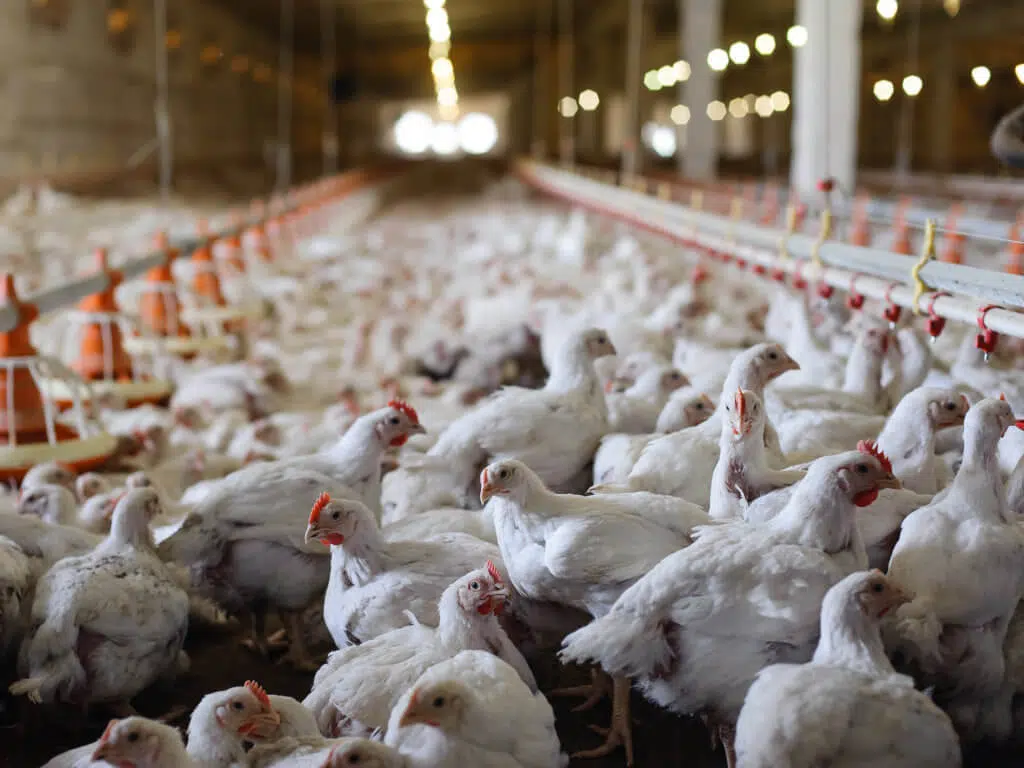The increasing demand for poultry meat due to both population growth and an increase in per capita consumption is good news for the poultry industry. However, the consequence of increasing production intensity to meet this increasing demand is often an increase in the incidence of production diseases in poultry production systems. An important factor in identifying cost-effective solutions to these production diseases is the understanding of the interactions between the poultry gastrointestinal tract and the animal’s immune function, the microbiome present in the gut and nutrition, and how feed additives may impact each of these. In this three-part series we will investigate both interactions in more detail.
The good news
According to the global food supply and demand, consumer trends and trade challenges market brief, published by the European Commission in September 2019, population growth is and will remain a driver for food demand in the future, at a rate close to 1%, but it is not the sole driver.
Facilitated by trade, consumption has been growing faster than population in the past two decades, resulting in a rapid rise in consumption per capita this is characterised by two main developments. Firstly, a growth in income, which increases quantities consumed and drives a shift towards high-value products. Secondly, changes in consumer preferences, which move in very different patterns and at varying paces around the world as a result of societal habits, health concerns, and emerging drivers such as environmental concerns and climate change.
In Africa specifically, they found a change in consumption patterns closer to western diets, i.e. towards more meat. They also indicated a deficit of more that 20% for poultry meat in Africa, meaning that production is growing, but not fast enough to keep up with the increase of consumption.
The increase in demand for poultry meat is positive for the South African poultry sector, as it creates an opportunity for expansion of broiler production systems. However the consequence of increasing production intensity is often an increase in the incidence of production diseases in poultry production systems. I recently came across a very interesting article published in the Australian Journal of Animal Production Science in which the authors, PJ Jones et al., did an excellent job of compiling a review of the financial impact of production diseases in poultry production systems from academic literature.
The not so good news
As described by Jones et al. (2018), production diseases usually originate from a complex interaction of pathogens, animal genetics and environment, including deficiencies in housing, nutrition and management. Production diseases comprise of various infections, but also include physical conditions such as ascites, which is caused by genetic improvements aimed at increasing physical performance, and physical injury which may be caused by other chickens, objects or chemical irritants in poultry houses.
The authors concluded that there is an urgent need for the poultry research community to help identify cost-effective alternatives to antibiotics that offer similar levels of disease control, with a focus on the most useful and cost-effective multifunctional interventions to reduce disease-related financial losses. A critical factor in identifying cost-effective solutions to these production diseases is the understanding of the interactions between the poultry gastrointestinal tract and the animal’s immune function, the microbiome present in the gut and nutrition, and how feed additives may impact each of these. In the next two articles in this series, we will investigate these interactions in more detail.
Make sure you also read Part 2: The GIT and immunity and Part 3: The microbiome and nutrition in this series.









